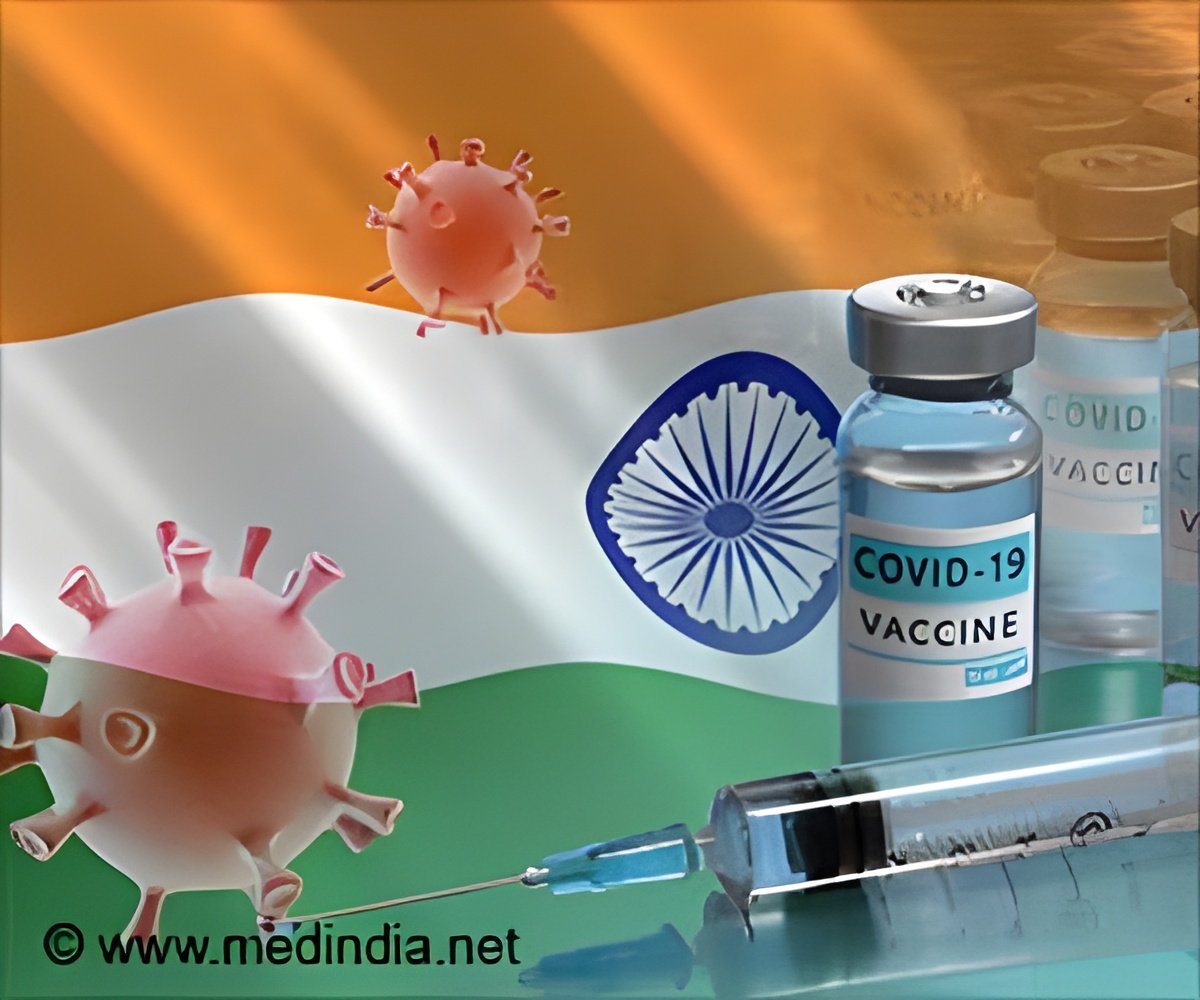
Over 96% of Americans aged 16 and older who had acquired COVID-19 antibodies, their immunity is predicted to wane over time. The low rate of booster shot uptake indicates that these high protection levels are likely to decline in the future (1✔ ✔Trusted Source
COVID-19 Point-of-Care Tests can Identify Low-Antibody Individuals: In-depth Immunoanalysis of Boosting Benefits in a Healthy Cohort
).
During the COVID-19 pandemic, at-home antigen tests became widely accepted for detecting infection.
As of mid-2023, only about 34% of eligible Americans had received their COVID-19 booster dose
#covid19 #antibodies #immunity
’
In a new joint study by the George Washington University, the University of North Carolina, and others, researchers looked into the benefits of using at-home antibody tests to detect immunity and to make decisions about the need for a COVID-19 booster shot – something that may be of particularly relevance for those at high risk for poor outcomes from Covid infection.
Protective Antibodies Declining Across U.S.
In the study, the researchers found that a negative result on an ‘at-home’ antibody test indicates inadequate immunity as reflected in an extensive and sophisticated battery of Covid immune tests performed by highly specialized academic/industry labs at various centers around the country.
“Our research suggests that an antibody test taken at home will allow at-risk individuals to conveniently identify inadequate immunity to COVID-19 – in a world in which population immunity is declining, “ said co-author John Lafleur, professor of emergency management at the George Washington University School of Medicine and Health Sciences.
“This can be important information for those who are considering booster vaccination, but question whether or not it is needed. In addition, as with home antigen testing, home antibody tests may be another useful tool in any future viral pandemic.”
Reference:
- COVID-19 Point-of-Care Tests can Identify Low-Antibody Individuals: In-depth Immunoanalysis of Boosting Benefits in a Healthy Cohort
– (https://www.science.org/doi/10.1126/sciadv.adi1379?adobe_mc=MCMID%3D84876352701738061380023519706498527948%7CMCORGID%3D242B6472541199F70A4C98A6%2540AdobeOrg%7CTS%3D1718645654)
Advertisement



